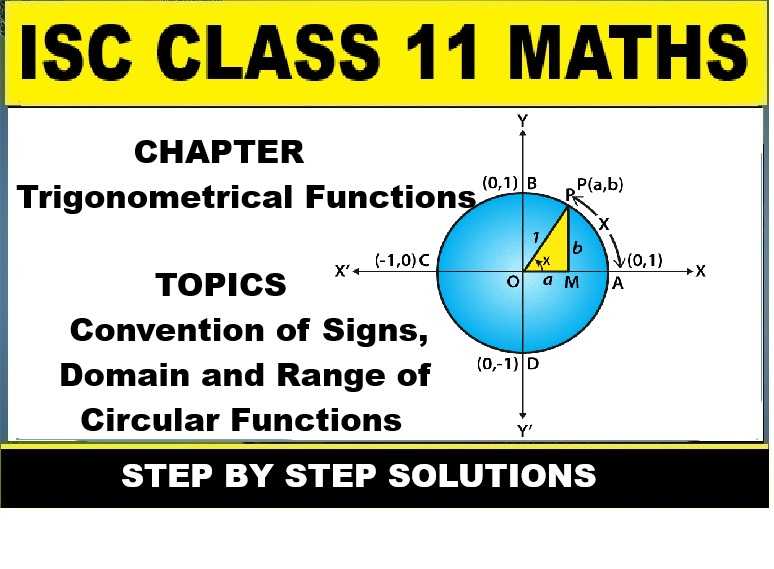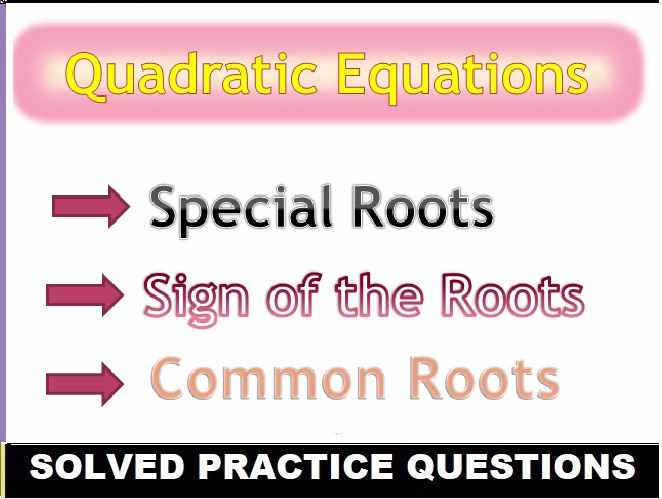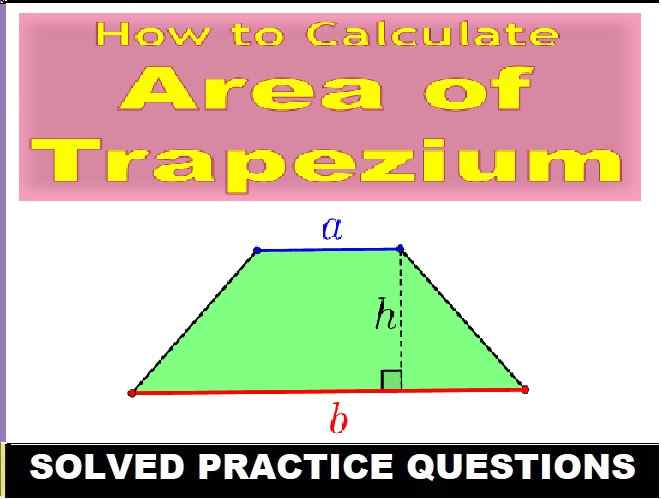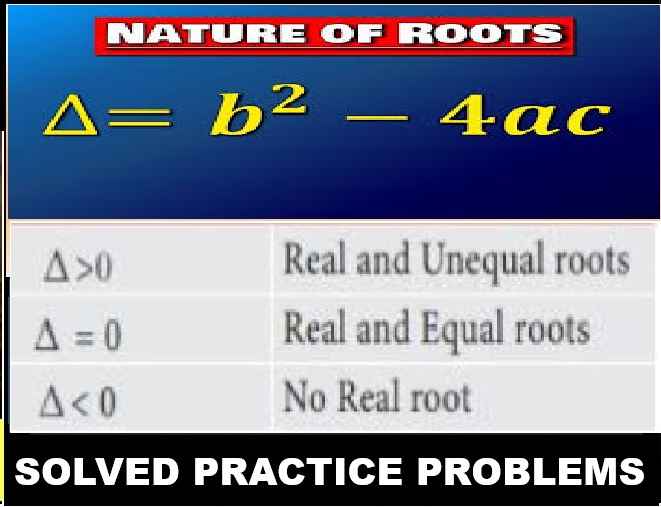Trigonometrical Functions Class 11 OP Malhotra Exe-4C ISC Maths Solutions Ch-4 Solutions. In this article you would learn about Convention of Signs, Domain and Range of Circular Functions. Step by step solutions of latest textbook has been given as latest syllabus. Visit official Website CISCE for detail information about ISC Board Class-11 Mathematics.

Trigonometrical Functions Class 11 OP Malhotra Exe-4C ISC Maths Solutions Ch-4
| Board | ISC |
| Publications | S Chand |
| Subject | Maths |
| Class | 11th |
| Chapter-4 | Trigonometrical Functions |
| Writer | OP Malhotra |
| Exe-4(C) | Convention of Signs, Domain and Range of Circular Functions. |
Exercise- 4C
Trigonometrical Functions Class 11 OP Malhotra Exe-4C Solution.
Que-1: If cot θ = (4/3), find the values of other t-ratios of θ.
Sol: cot θ = 4/3
tan θ = 1/cot θ = 3/4
cosec θ = ±√{1+cot² θ}
= ±√{1+(4/3)²}
= ±√{1+(16/9)}
= ±5/3
sin θ = 1/cosec θ = ±3/5
cos θ = cot θ . sin θ
= (4/3) . (3/5)
= 4/5
and sec θ = 1/cos θ = 5/4.
Que-2: If cos A = 0.6, find the values of 5 sin A – 3 tan A.
Sol: Let us consider a right ΔABC right angled at B.
Now, we know that cos θ = 0.6 = BC/AC = 3/5
So, if BC = 3k, then AC = 5k, where k is a positive number.
Using Pythagoras theorem, we have:
AC² = AB² + BC²
⟹ AB² = AC² − BC²
⟹ AB² = (5K)²−(3K)²
= 25K²−9K²
⟹ AB² = 16K²
⟹ 𝐴𝐵 = 4𝑘
Finding out the other T-rations using their definitions, we get:
sin θ = AB/AC = 4K/5K = 4/5
TAN θ = AB/BC = 4K/3K = 4/3
Substituting the values in the given expression, we get:
5 sin 𝜃 − 3 tan 𝜃
⇒ 5(4/5) – 3(4/3)
= 4-4 = 0.
Que-3: If sin A = (3/5), prove that tan A + (1/cosA) = 2 or -2.
Sol: Given sin A = 3/5
∴ cos A = ±√{1-sin²A}
= ±√{1-(3/5)²}
= ±√{1-(9/25)} = ±4/5
∴ tan A = sinA/cosA
= (3/5)/(±4/5)
= ±3/4
When tan A = 3/4; cos A = 4/5
∴ tan A + (1/cosA)
= (3/4) + (5/4)
= 8/4 = 2
Que-4: If tan θ = 1/√7, find the value of (cosec²θ−sec²θ)/(cosec²θ+sec²θ).
Sol: Given that:
tanθ = 1/√7
We are asked to find the value of the following expression
(cosec²θ – sec²θ)/(cosec²θ + sec²θ)
Since tanθ = Perpendicular/Base .
⇒ Perpendicular = 1
⇒ Base = √7
⇒ Hypotenuse = √(1+7)
⇒ Hypotenuse = √8
We know that secθ = Hypotenuse/Base and cosecθ = Hypotenuse/Perpendicular
We find:
(Cosec²θ-sec²θ)/(Cosec²+sec²θ)
{(√8/1)²-(√8/√7)²}/{(√8/1)²+(√8/√7)²}
= {(8/1)-(8/7)}/{(8/1)+(8/7)}
= (48/7)/(64/7)
= 3/4.
Que-5: If sin θ = 21/29, prove that sec θ + tan θ = 2*(1/2)
if θ lies between 0 and (π/2). What will be the value of the expression when θ lies
(i) between (π/2) and π and
(ii) between π and (3π/2) ?
Sol: Given sin θ = 21/29
Since θ lies between 0 and π/2 ∴ cos θ > 0
∴ cos θ = +√(1-sin²θ)
= √{1-(21/29)²}
= √{1-(441/841)}
= √(400/841)
⇒ cos θ = 20/29
∴ tan θ = sinθ/cosθ = (21/29)/(20/29)
= 21/20
∴ sec θ + tan θ = (29/20) + (21/20)
= 50/20
= 5/2 = 2*(1/2)
(i) When θ lies between π/2 and π
∴ cos θ, tan θ < 0
∴ cos θ = – 20/29 and tan θ = sinθ/cosθ = −21/20
Thus sec θ + tan θ = (–29/20) − (21/20)
= –50/20 = −5/2
(ii) When θ lies in π and 3π/2
then sin θ < 0 but here sin θ = 21/29 > 0
∴ (iii) is impossible.
Que-6: If θ lies in the second quadrant and tan θ = (-5/12), find the value of 2cosθ/(1−sinθ).
Sol: tan = -5/12
we know that in the second quadrant sin is (+)ve and cos is (-)ve.
so sin = 5/13 and cos = -12/13
so 2cos/(1-sin) = {2×(-12/13)} / {1- ( 5/13)}
= (-24/13) / (8/13)
= -3
Que-7: If sin θ sec θ = – 1 and θ lies in the second quadrant, find sin θ and sec θ.
Sol: Given sin θ sec θ = – 1
⇒ tan θ = – 1
and θ lies in second quadrant
∴ sin θ > 0
while sec θ < 0.
Now, sec θ = -√(1+tan²θ)
= -√(1+(-1)²)
= -√(1+1)
= -√2
and sin θ = tan θ. cos θ
= (-1) . (-1/√2)
= 1/√2.
Que-8: If A is in the fourth quadrant and cos A = 5/13, find the value of (13sinA+5secA)/(5tanA+6cosecA).
Sol: cos A = 5/13
cos A = Base/Hypotenuse
Base/Hypotenuse = 5/13
Base = 5 and Hypotenuse = 13
132 = Perpendicular2 + 52
169 = Perpendicular2 + 25
Perpendicular2 = 169 – 25
Perpendicular = √144
Perpendicular = 12
sin A = -12/13
sec A = 13/5
cosec A = -13/12
tan A = -12/5
Now,
(13sinA+5secA)/(5tanA+6cosecA)
⇒ [{13×(−12/13)}+{5×(13/5)}]/[{5×(−12/5)}+{6×(−13/12)}]
⇒ (−12+13)/{−12−(13/2)}
⇒ 1/(-37/2)
⇒ (-2/37)
Verify that :
Que-9: sin 60° = 2tan30°/(1+tan²30°).
Sol: RHS = 2tan30°/(1+tan²30°)
= {2×(1√3)}/{1+(1/√3)²
= (2/√3)/{1+(1/3)}
= (2/√3)/(4/3)
= (2/√3) × (3/4)
= (3/2√3) × √3/√3
= 3√3/(2×3)
= 3/2
LHS = sin 60° = 3/2
∴ LHS = RHS
Que-10: cos 60° = (1−tan²30°)/(1+tan²30²).
Sol: cos(60°) = 1/2
tan(30°) = 1/3
Taking L.H.S. = cos60° = 1/2
Now, solving R.H.S.
= {1-(1/√3)²}/{1+(1/√3)²
= {1-(1/3)}/{1+(1/3)}
= {(3-1)/3}/{(3+1)/3}
= 2/4
= 1/2
∴ L.H.S. = R.H.S.
Prove that :
Que-11: sec 30° tan 60° + sin 45° cosec 45° + cos 30° cot 60° = 7/2
Sol: L.H.S = sec 30° tan 60° 4- sin 45° cosec 45° + cos 30° cot 60°
= {(2√3)√3} + {(1√2)×√2} + {(√3/2)×(1√3)}
= 2 + 1 + (1/2)
= 7/2 = R.H.S
Que-12: (4/3) sec 30° tan 60° + sin 45° cosec 45° + cos 30° cot 60° = (3/4) tan² 30° = 3*(1/3).
Sol: L.H.S = (4/3) cot² 30° + 3 sin² 60° – 2 cosec 60° – (3/4) tan² 30°
= {(4/3)(√3)²} + {3(√3/2)²} − {2(2/√3)²} − {(3/4)×(1/√3)²}
= {(4/3)×3} + {3×(3/4) − {2×(4/3)} − {(3/4)×(1/3)}
= 4 + (9/4)−(8/3)−(1/4)
= (48+27−32−3)/12
= 40/12
= 10/3
= 3*(1/3) = R.H.S
Que-13: If sin x + cos x = a, then find the value of | sin x – cos x |.
Sol: Given that: sinx + cosx = a
(sinx + cosx)² = a²
⇒ sin²x + cos²x + 2sinx cosx = a²
⇒ 1 + 2sinx cosx = a²
⇒ sinx cosx = (a²-1)/2 …….(i)
|sinx – cosx| = sin²x + cos²x – 2sinx cosx
= 1-2(a²-1)/2)
= 1 – (a² – 1)
= 1 – a² + 1
= 2 – a²
∴ |sinx – cosx| = √(2-a²)
Que-14: If sec θ + tan θ = k, then show that cos θ = 2k/(k²+1).
Sol: secθ + tanθ = k
As we know that
sec²θ – tan²θ =1
=> (secθ + tanθ )(secθ – tanθ ) = 1
=> (secθ – tanθ )(k ) = 1
=> secθ – tanθ = 1/k
secθ+ tanθ = k
secθ – tanθ = 1/k
=> 2secθ = k + 1/k
=> secθ = (k² + 1)/2k
=> cosθ = 2k/ (k² + 1).
Hence Proved.
Que-15: If sec θ = √2 and (3π/2) < θ < 2π, find the value of {1+tanθ+cosecθ}/(1+cotθ-cosecθ).
Sol: Given, sec θ = 2
We know that,
tan²θ = sec²θ – 1
= (√2)²-1
= 2 – 1 = 1
∴ tan θ = ± 1
Since (3π/2) < θ < 2π,
θ lies in the 4th quadrant.
∴ tan θ < 0
∴ tan θ = – 1
cot θ = 1/tanθ = – 1
cos θ = 1/secθ = 1/√2
tan θ = sinθ/cosθ
∴ sin θ = tan θ cos θ
= (-1)(1/√2)
= -1/√2
∴ cosec θ = 1/sinθ = -2
∴ (1+tanθ+cosecθ)/(1+cotθ-cosecθ)
= (1-1-√2)/(1-1+√2)
= -√2/√2
= – 1
–: End Trigonometrical Functions Class 11 OP Malhotra Exe-4C ISC Math Ch-4 Solutions :–
Return to :- OP Malhotra ISC Class-11 S Chand Publication Maths Solutions
Thanks
Please share with your friends


